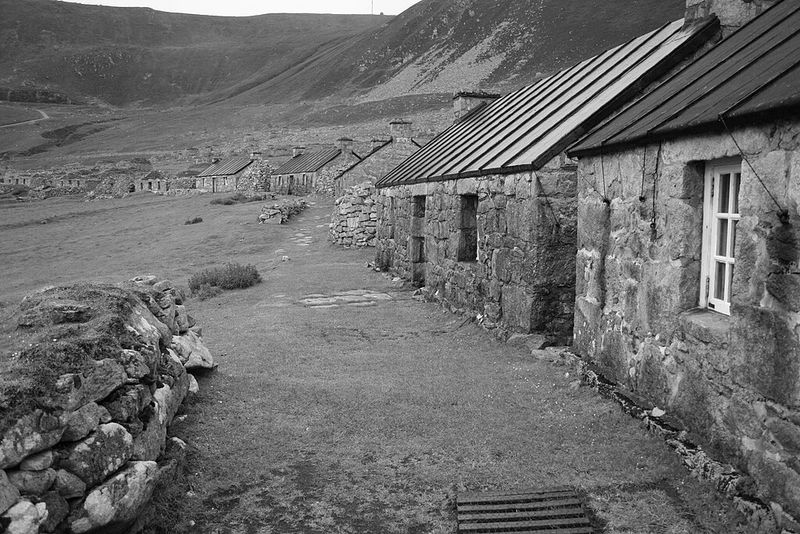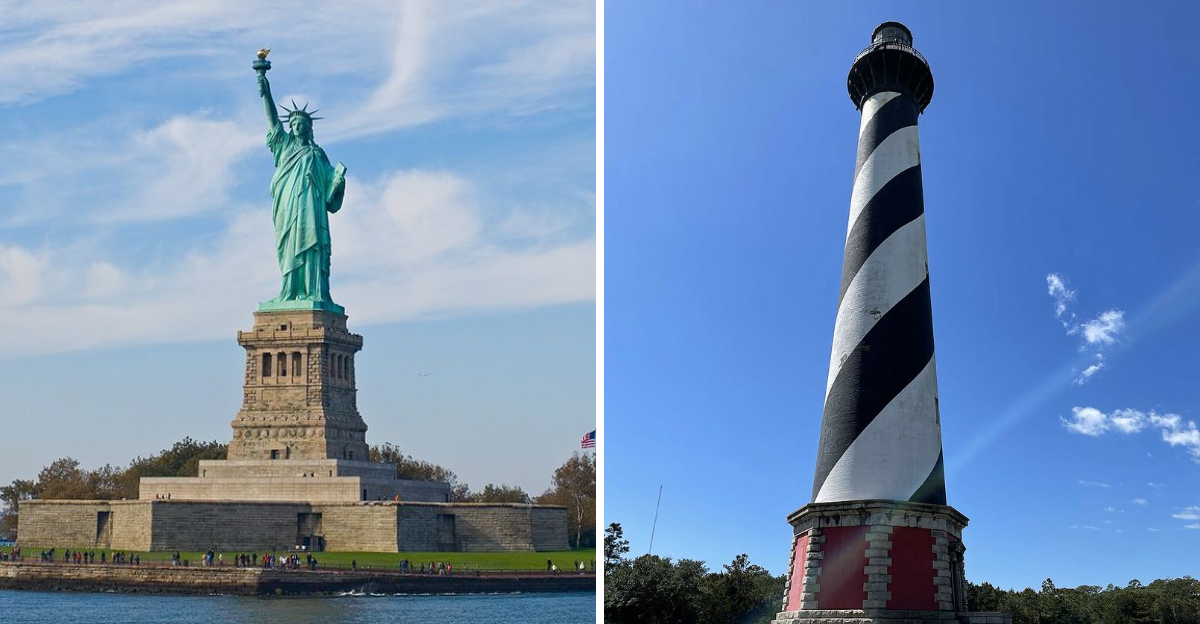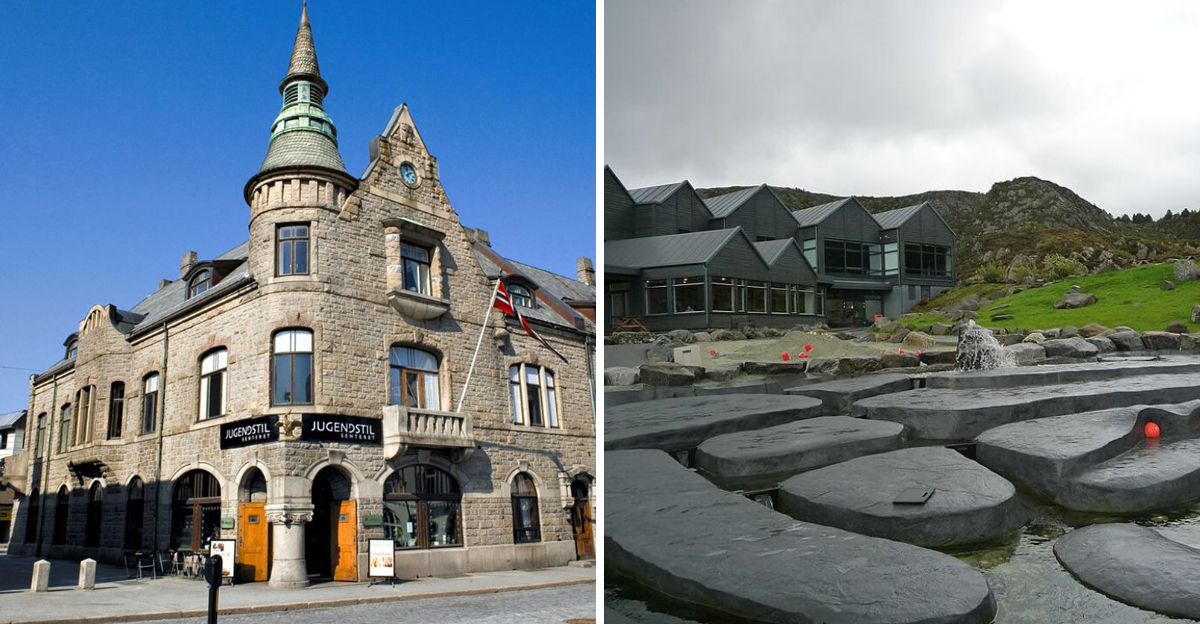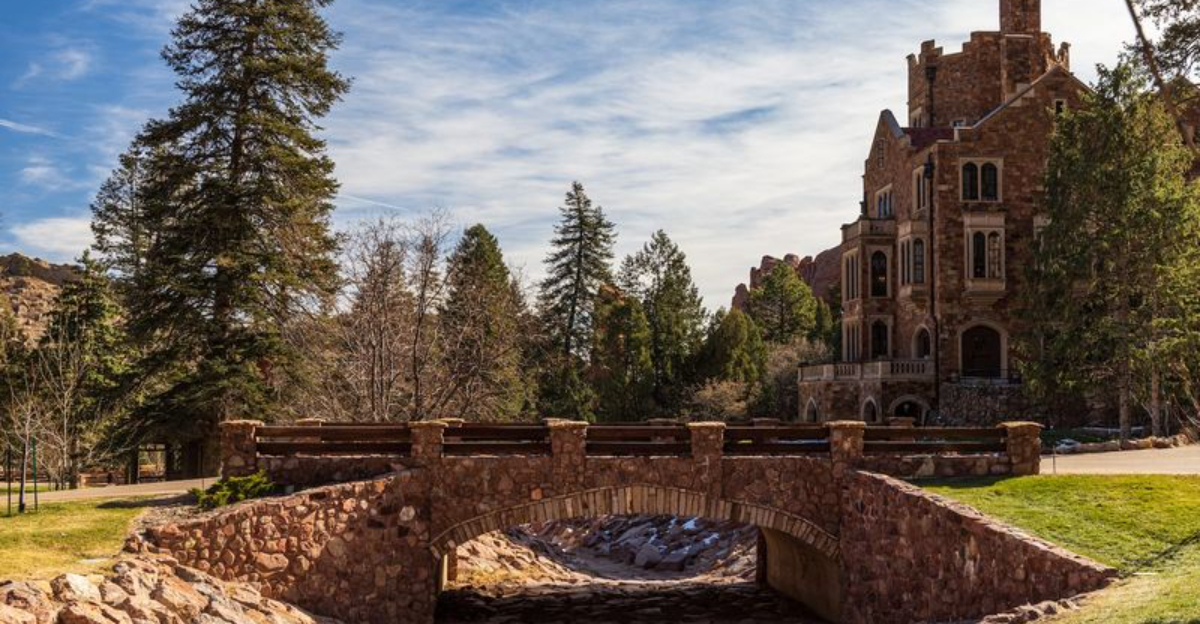Abandoned Places In Europe That Are Eerie Yet Fascinating
Europe cradles hidden wonders where silence echoes louder than crowds.
Moss-clad ruins seep stories of vanished lives, their crumbling walls breathing tales of sorrow, ambition, and hope. Rusted shipwrecks cast long shadows along storm-torn coasts, and deserted villages fade into forest dreams.
Wandering through these places, you sense ghosts of laughter, footsteps, and longing. Air tastes of memory and salt, and every broken window frames a new mystery waiting to be unraveled.
14. Pripyat, Ukraine
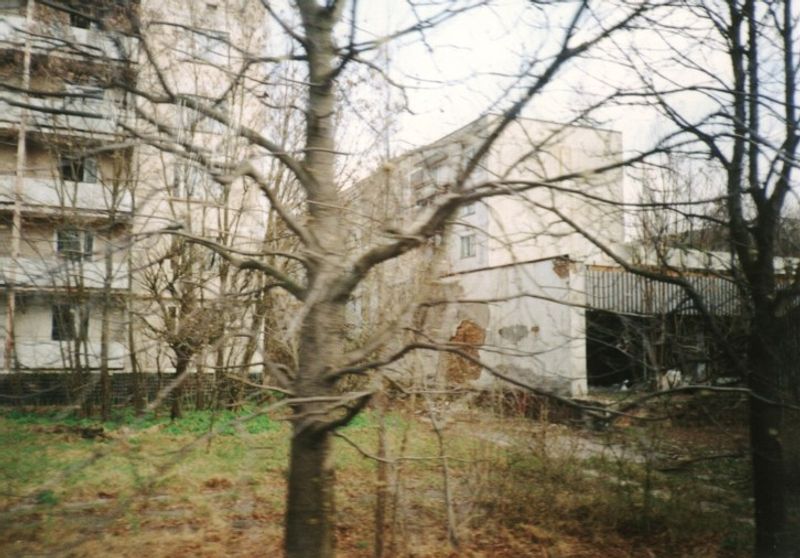
A nuclear disaster in 1986 turned this thriving city into a ghost town overnight. Pripyat once housed nearly 50,000 people who worked at the Chernobyl power plant.
Today, abandoned apartment blocks, schools, and an amusement park create a haunting snapshot of Soviet life. Nature has slowly reclaimed the streets, with trees growing through concrete and wildlife roaming freely.
Visiting requires special permission and protective gear, but the eerie silence speaks volumes about human vulnerability.
13. Duga Radar, Chernobyl Exclusion Zone, Ukraine
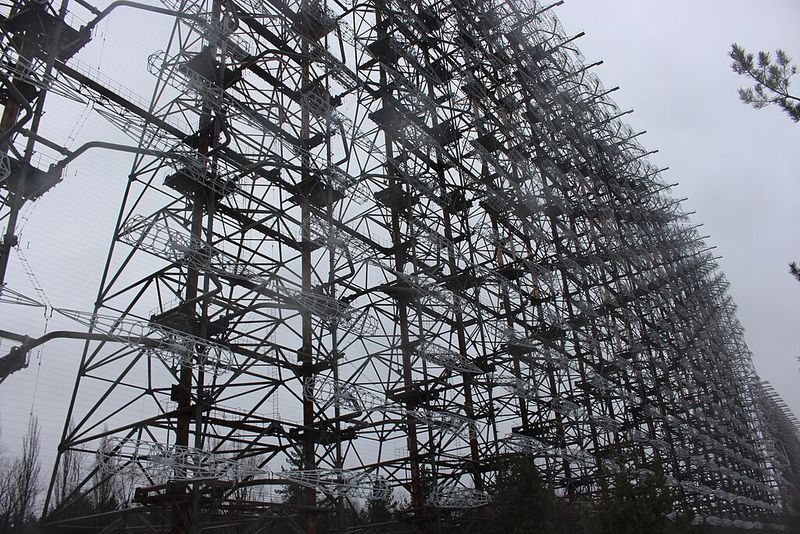
If you thought radar systems were boring, think again! This massive Soviet structure stands over 150 meters tall and stretches nearly half a kilometer.
Nicknamed the Russian Woodpecker because of its strange radio signal, Duga was part of the USSR’s early warning defense system during the Cold War. The enormous metal lattice now rusts quietly in the forest.
Climbing beneath its towering frame feels like standing under a sleeping giant from a science fiction movie.
12. Craco, Italy
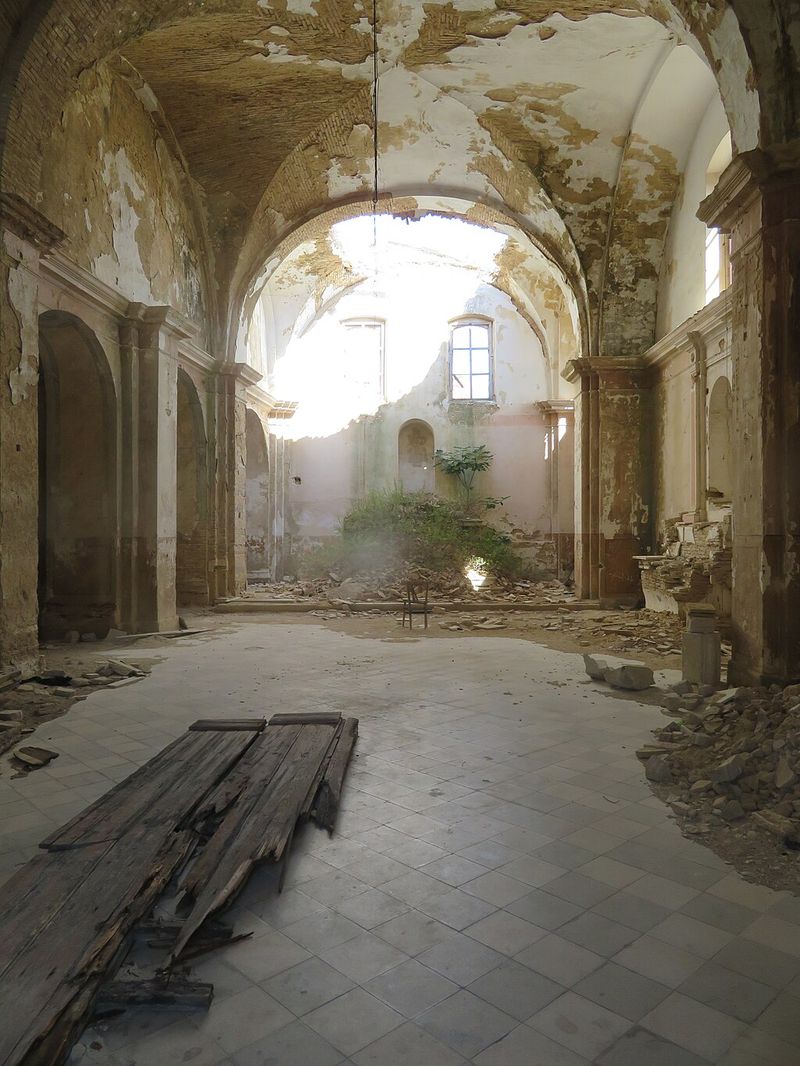
Perched dramatically on a clifftop, Craco looks like something straight out of a fantasy novel. This medieval village was abandoned in the 1960s after landslides and earthquakes made it too dangerous to inhabit.
Stone buildings cling to the hillside, their empty windows staring across the valleys. Filmmakers love this location, and it has appeared in several major movies.
Walking its narrow streets feels like time-traveling to the Middle Ages, minus the people.
11. Oradour-sur-Glane, France
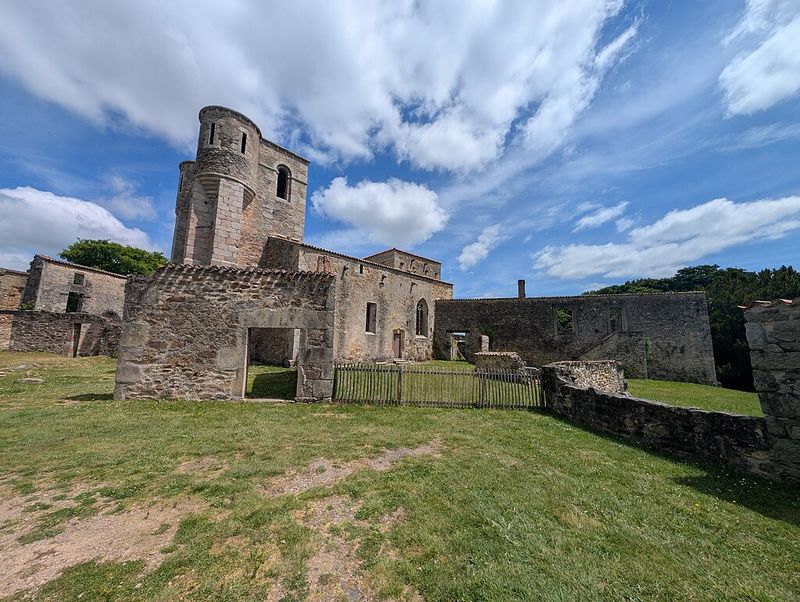
War leaves scars that never fully heal, and this village stands as powerful proof. In 1944, Nazi soldiers massacred 642 residents and burned the entire town.
France decided to preserve the ruins exactly as they were found, creating a haunting memorial to the victims. Rusted cars, crumbling walls, and the skeletal church remain untouched.
However heartbreaking, visiting reminds us why peace matters and why we must never forget history’s darkest chapters.
10. Spreepark, Berlin, Germany
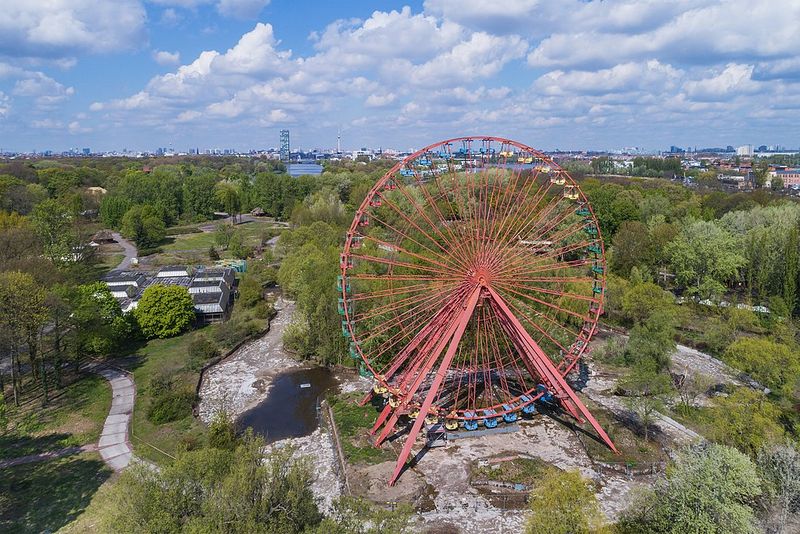
Imagine a place where laughter once echoed, now silent except for creaking metal and rustling leaves. Spreepark opened in 1969 as East Germany’s only amusement park.
After reunification, it struggled financially and closed in 2002. Dinosaur sculptures now peek through vegetation, and the Ferris wheel stands frozen against the sky.
Though fenced off for years, Berlin plans to transform parts into a public art space, giving this eerie wonderland new life.
9. Pyramiden, Svalbard, Norway
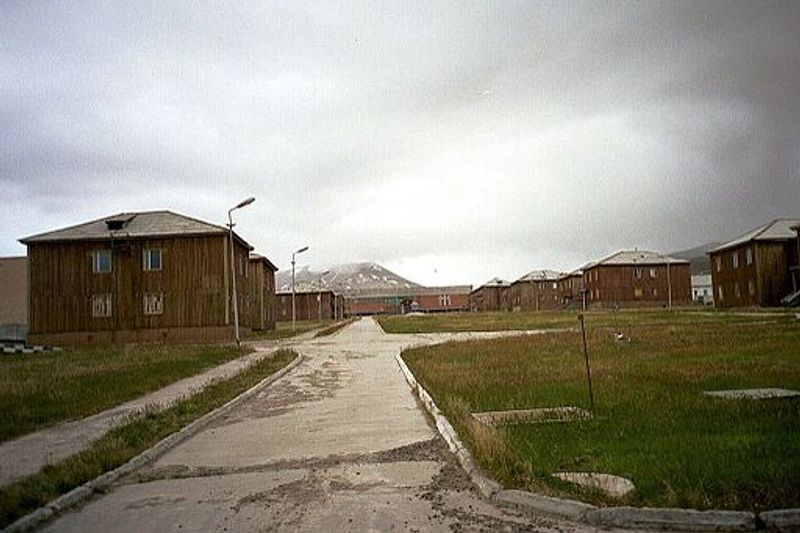
How does a town survive in one of Earth’s most remote locations? For decades, Soviet miners lived in this Arctic settlement, extracting coal from frozen ground.
Abandoned in 1998, Pyramiden remains remarkably preserved thanks to the frigid climate. Colorful buildings, a swimming pool, and even a grand piano sit waiting, as if residents just stepped out.
Polar bears now outnumber people here, making guided tours the only safe way to explore this frozen time capsule.
8. Varosha, Famagusta, Cyprus
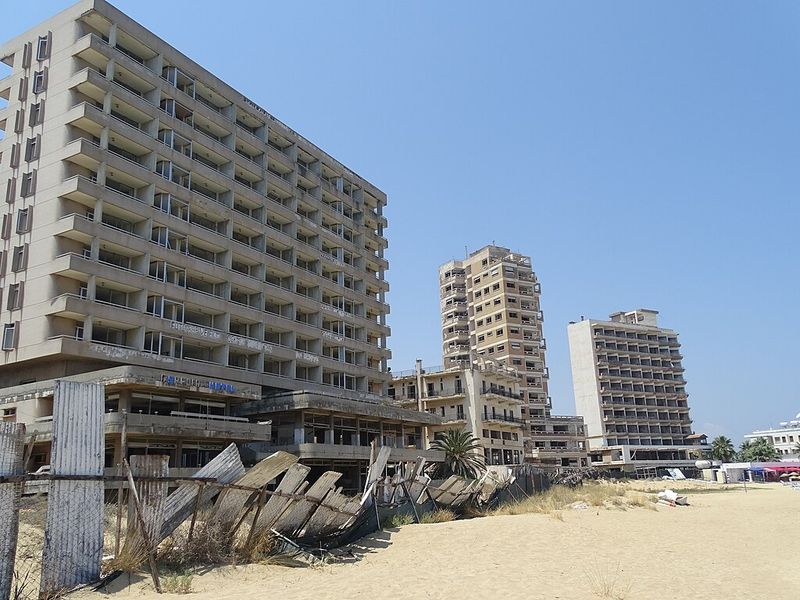
Picture a glamorous beach resort where celebrities once vacationed, now completely frozen in 1974. When Turkey invaded Cyprus, residents of Varosha fled, expecting to return soon.
They never did. The Turkish military fenced off the entire district, and it became a ghost town overnight.
Hotels, shops, and homes remain exactly as people left them, though nature and time have taken their toll. Recently, limited access has been granted, offering glimpses into this Mediterranean Pompeii.
7. Belchite, Spain
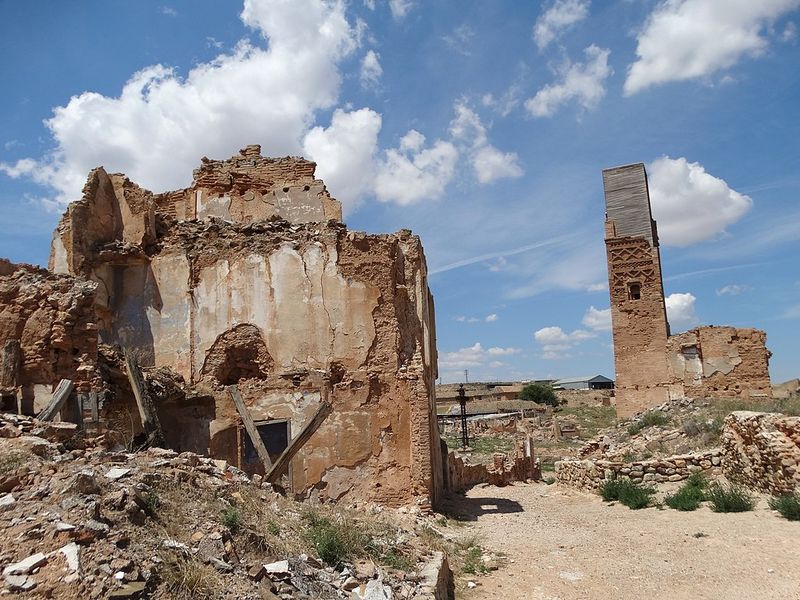
Wars leave behind more than memories, sometimes entire towns become monuments to conflict. Belchite was destroyed during one of the Spanish Civil War’s bloodiest battles in 1937.
Rather than rebuild, Spain constructed a new town nearby and left the ruins as a reminder. Bullet holes still riddle walls, and the church tower stands like a broken tooth.
Walking these streets at sunset creates an atmosphere both beautiful and deeply sobering.
6. Nicosia International Airport, Cyprus
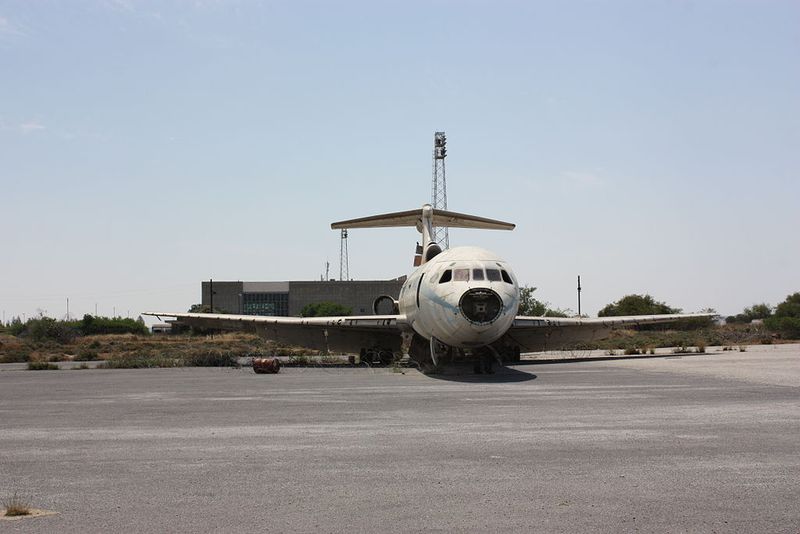
Airports usually buzz with activity, but this one has been silent since 1974. Caught in the crossfire during the Turkish invasion of Cyprus, the airport became part of the UN buffer zone.
Planes still sit on the tarmac, slowly rusting away. Inside the terminal, departure boards display flights that never took off.
Though inaccessible to the public, aerial photos reveal a perfectly preserved snapshot of 1970s aviation, frozen in political limbo.
5. Rummu Quarry, Estonia
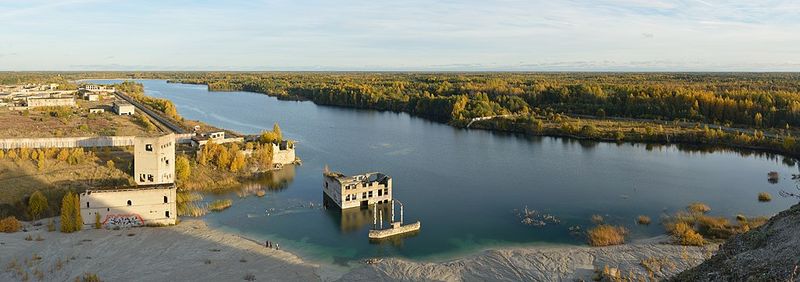
What happens when a Soviet prison quarry floods? You get one of Europe’s most surreal swimming spots! Prisoners once mined limestone here under harsh conditions.
When Estonia gained independence, the quarry closed, pumps stopped, and water filled the pit. Buildings now poke through turquoise water like strange islands.
Adventurous visitors dive among submerged structures in summer, while the site becomes an otherworldly frozen landscape in winter. Nature truly has the last laugh here.
4. Orford Ness Pagodas, England
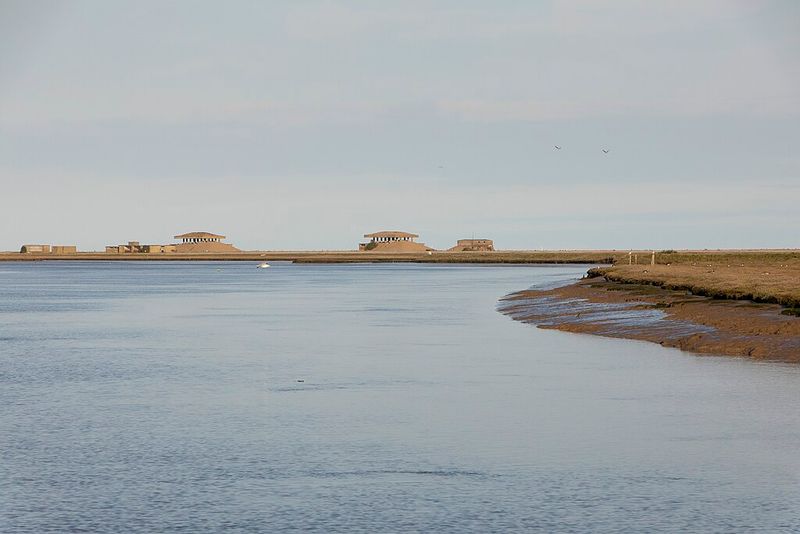
These aren’t ancient temples, they’re Cold War relics designed to contain nuclear explosions! Built in the 1960s, these strange concrete structures tested atomic weapons triggers.
Their unique pyramid roofs would direct blasts upward if accidents occurred. Today, they stand empty on a remote shingle spit, slowly crumbling from sea salt and wind.
Visiting requires a boat trip and feels like discovering a secret military installation from a spy thriller.
3. Maunsell Sea Forts, Thames Estuary, UK
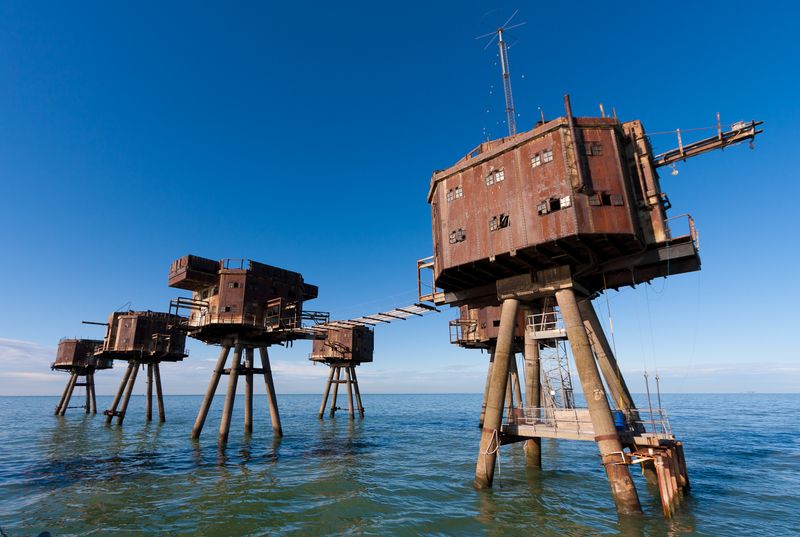
Rising from the sea like alien invaders, these World War II anti-aircraft platforms defended Britain from German bombers. Built in 1942, soldiers lived in these isolated metal towers, scanning skies for enemy planes.
After the war, they were abandoned and later used by pirate radio stations in the 1960s.
Now they rust peacefully in the waves, accessible only by boat, creating one of the most photographed abandoned sites in Britain.
2. Pentedattilo, Calabria, Italy
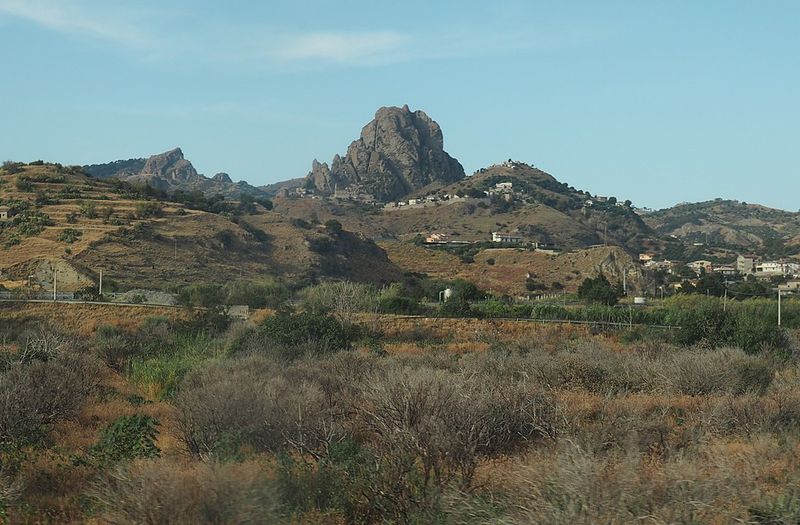
Named after the Greek word for five fingers, this village clings to a hand-shaped rock formation that looks almost supernatural. Founded over a millennium ago, Pentedattilo thrived until earthquakes and poverty drove residents away.
Stone houses now crumble into the mountainside, creating a hauntingly beautiful scene.
Recently, artists and cultural organizations have begun restoring parts of the village, breathing new life into these ancient stones while respecting their ghostly charm.
1. St Kilda, Scotland
Britain’s loneliest archipelago once housed a hardy community that survived for centuries on one of Europe’s most isolated islands. Life on St Kilda meant scaling cliffs for seabirds and eggs, the main food source.
By 1930, the remaining 36 residents requested evacuation, unable to sustain their way of life.
Stone cottages still dot Village Bay, and UNESCO protects the site as both natural and cultural heritage, accessible only by chartered boat.

